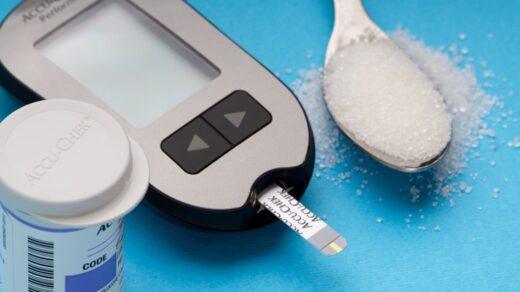
Hashimoto Thyroiditis is, unfortunately, a disease that afflicts many but is in the minds and awareness scope of very few people. Dr. John Heary of Medina provides an overview of this condition so that afflicted patients may have a better chance of understanding Hashimoto Thyroiditis.
According to an article published in association with the VA Medical Center of Mather, California, Hashimoto thyroiditis can be defined as a type of autoimmune disease that eradicates thyroid cells through antibody-mediated processes of the immune system.
Hashimoto Thyroiditis Explained
In short, Hashimoto thyroiditis is an autoimmune disorder. It is the most common cause of hypothyroidism. It is most commonly seen in women 20-60 years old. What this means in a nutshell is that the body’s natural defense system against invading viruses and other harmful substances malfunctions, in a sense, and begins attacking normally working parts of the body instead.
In the case of Hashimoto Thyroiditis, the immune system specifically stages an attack on a gland in the neck, shaped like a butterfly, which is called the “thyroid.”
The thyroid then becomes inflamed or irritated. Thyroid cells are killed during an autoimmune attack. There may be a surge of thyroid hormone released into the bloodstream during an autoimmune flare up. This may create hyperthyroid symptoms such as an increased heart rate, heart palpitations, and anxiety. These surges may occur sporadically. The majority of the time the patient will experience hypothyroid symptoms. This is called “hypothyroidism” when the body is unable to produce adequate amounts of thyroid hormone.
Common symptoms of Hashimoto thyroiditis include:
- Rough texture to the skin
- Over-average fatigue
- Weight gain that cannot be otherwise explained
- Dry Hair or hair loss
- Swollen thyroid (throat area)
- Eye puffiness
- Stiff joints
- Constipation
- Cold sensitivity
- Low heart rate
- Depression
- Extremity swelling
How it is Diagnosed
This disease is diagnosed, most commonly through bloodwork. The two antibody that need to be tested are TPO, thyroid peroxidase antibody and thyroglobulin antibody. Only one of these antibodies needs to be positive to be diagnosed with Hashimoto;s Thyroiditis. They may also test the actual function of the thyroid to see if it is working properly. Your healthcare provider will usually check the function of your thyroid gland by testing the TSH, thyroid stimulating hormone. They may also test the T4 which is one of the hormones that the thyroid gland produces.

How Thyroiditis is Treated
Most doctors don’t treat the Hashimoto’s directly. They will usually treat the effects of the Hashimoto’s which is usually a hypothyroid. The most common treatment for hypothyroidism are medications such as levothyroxine and Synthroid.
This is called T4 hormone therapy. Their goal is to get the TSH back into a normal range. Many times the TSH goes back to normal with the medications but the patient still has the same symptoms. This is because there are other factors that need to be considered and addressed.
If Hashimoto Thyroiditis is treated with too much of this synthetic hormone, it could cause other adverse side-effects.
Other types of treatment that have proven effective are functional medicine and nutrition. This type of treatment is very effective. The first step is to get comprehensive lab work done including a complete thyroid panel.
Conclusion: Is There a Cure for Hashimoto Thyroiditis
Technically, Hashimoto thyroiditis is not curable. At least that’s what the majority of conventional doctors state. When treated correctly, I have found that the majority of patients respond well and they start to feel better. The key is to find the root cause as to why the immune system is flaring up and attacking the thyroid gland. Once we figure this out then we can put a plan in place to the thyroid and immune system working correctly.



